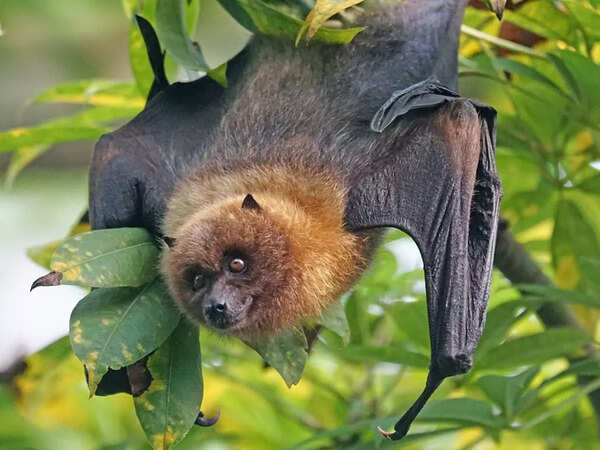
Researchers have found 20 previously unknown viruses in bat kidneys from China’s Yunnan province. Two of these viruses bear a striking resemblance to the deadly Nipah and Hendra viruses, both of which are known to cause severe brain inflammation and respiratory failure in humans. The study, published in PLOS Pathogens, has drawn attention not just for the viruses themselves, but also for where they were found, an organ that produces urine, sparking concern about how these viruses might be transmitted.Here’s everything we need to know about the research, how it connects to known diseases, and whether there’s any reason for immediate public concern.Between 2017 and 2021, scientists collected kidney tissue samples from 142 bats across five different sites in Yunnan. Genetic sequencing revealed a complex microbe network, or “infectome,” which included 22 viruses. Out of these, 20 were completely new to science. Most notable were two henipaviruses, named Yunnan bat henipavirus 1 and 2, which showed up to 71% similarity to Hendra and Nipah viruses in crucial proteins.These aren’t just any viruses. Henipaviruses are part of a small but dangerous family known for causing brain inflammation and respiratory illnesses in humans and animals. With a fatality rate that can reach 75%, Nipah outbreaks in Malaysia and Bangladesh, and Hendra infections in Australia, have already demonstrated how lethal these viruses can be. The discovery of their close relatives in China’s bats has raised red flags among scientists.

What has truly intensified concern is where the viruses were found, the kidneys of bats. These organs are directly involved in producing urine, making urine a likely transmission route. This is no minor detail.Many of these bats were found roosting in orchards situated close to human settlements. That means fruits or water sources in these areas could be exposed to bat urine, creating a possible route for these viruses to jump from animals to humans or livestock.

Bat Viruses In China
It’s a subtle factor, highlighting how human and wildlife interactions, even indirect ones, can become a health risk.It’s important to stress that there is no current outbreak caused by these newly discovered viruses. The findings do not suggest an immediate public health emergency. In fact, many henipavirus relatives identified so far have not shown the ability to infect humans or animals directly.Still, experts stress the need for follow-up testing in labs to understand whether these new henipaviruses can bind to human or animal cells. The fact that such viruses share significant genetic material with known deadly viruses simply cannot be ignored.So, while there is no evidence of human cases yet, the potential for a spillover does exist, especially in areas where human and bat ecosystems overlap.[The information presented in this article has been compiled from multiple media and research sources. This content is intended for general awareness and should not be taken as medical advice or a definitive scientific conclusion.]
Diabetes Management Made Simple: 5 Yoga Asanas That Work








